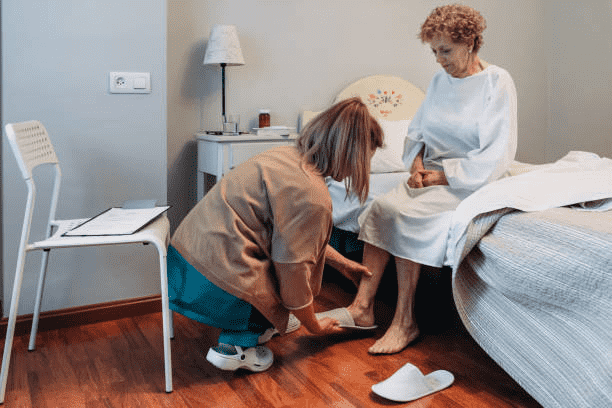The advent of COVID-19 has rendered many individuals vulnerable. The vulnerabilities result from loss of income or income suppression as many companies lay off and issue salary cuts. Exposure of women to the adverse effects of COVID-19 is severe as many of them have healthcare needs and family obligations.
Organizations intervening in women’s healthcare address the health needs of women and alleviate vulnerabilities brought by limited access to medical services. To do so effectively, organizations must suitably identify women’s healthcare needs, have access to required data, have community engagements, and monitor to evaluate the success of interventions.
Identify Needs by Community

While wellbeing needs are common for all communities, they differ from one grouping to another and vary in severity. To avoid assumptions, engage with community members and establish their needs to create suitable solutions. Women’s health needs will undoubtedly be different from those of men due to reproductive health and other variations in female-prone conditions.
In communities with large proportions of women, health issues related to females are likely to be prominent. Disposition of the community in income levels, social status, and level of education are factors likely to cause variation in women’s health needs. These community characteristics imply the practicality of talking to the community to establish its unique needs.
Assess resources available in the community to address health needs. Evaluate gaps in such resources and identify ways of filling them. It is easier to work with a local organization known to the community than introducing a new one. You will find that community members trust local establishments better, and a new one will require building such trust over a long period for the interventions to be impactful.
Study Social Care Data

It is critical to study trends impacting the community before mapping out interventions for healthcare. There are tendencies unique to particular seasons while others are long-standing in the community. It is also necessary to understand the root causes of issues facing the community. For example, limited access to food and healthcare are after-effects of the recent job losses.
Having an understanding of the disparities in access to healthcare for women is vital to improving it. Statistics to draw from are numerous. Social care data regarding women will elaborate on the dire situation the women face during pandemics and other socioeconomic disruptions in life. Reputable institutions collect such data, and you can review information on social services availability and quality of care to plan your work in the community.
Provide Free Workshops

Workshops provide vital interactions between attendees and facilitators to learn from each other and create solutions for problems at hand. Many community-based organizations prefer this modality of engagement for its proven success in an intensive educational experience in a short amount of time.
Your organization can offer free workshops to the community to learn new skills or have a social outlet for their experiences. Other benefits of workshops are gaining new perspectives, feedback, and opportunities. Such gains help to enrich the approach of an organization in providing relevant solutions for the community.
Getting involved in local job fairs also helps in directing individuals to helpful resources. In addition, it is an opportunity to interact with the community and offer firsthand assistance to people in need of access to job prospects. You can also organize your own job fair to get more organizations involved and promote networking.
Follow Up
It is essential to create sustainability in addressing the health needs of women. Systems put in place to offer assistance should not be a single-step process but a continuous one. The nature of some women’s health issues is sensitive, and if there is no monitoring, they can exacerbate and lead to fatalities.
Follow up with women who use your services and those using other similar services to get help. You can use an automated system to track progress and identify redesign, upscaling, or elimination opportunities.
Inequalities of health access continue to be a reality in the present day. While some inequalities arise from inadequate access to resources by women, some are unintended. Some inadvertent disparities could be that men receive keener attention than women when visiting health institutions. Collecting feedback helps your organization understand such indiscretions and seek to alleviate the situation.
Keep Women Healthy
The bottom line is to preserve the health of women. Underlying issues that compromise the health of women need identification and mitigation of the causes. In cases where prevention is not possible, it is necessary to have interventions for minimizing the negative impact on women’s wellbeing.
Women impact livelihoods, and hence, their welfare is crucial to social development. Ensure that your organization pays keen attention to meaningful intercessions.
Read Also:




























